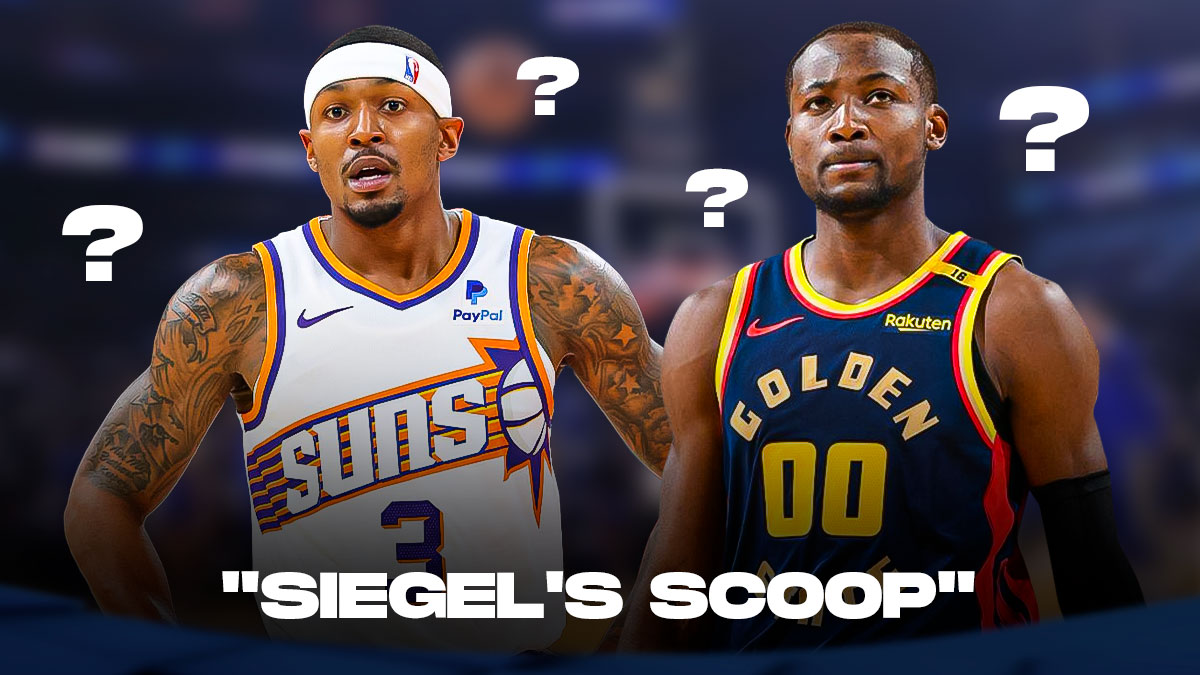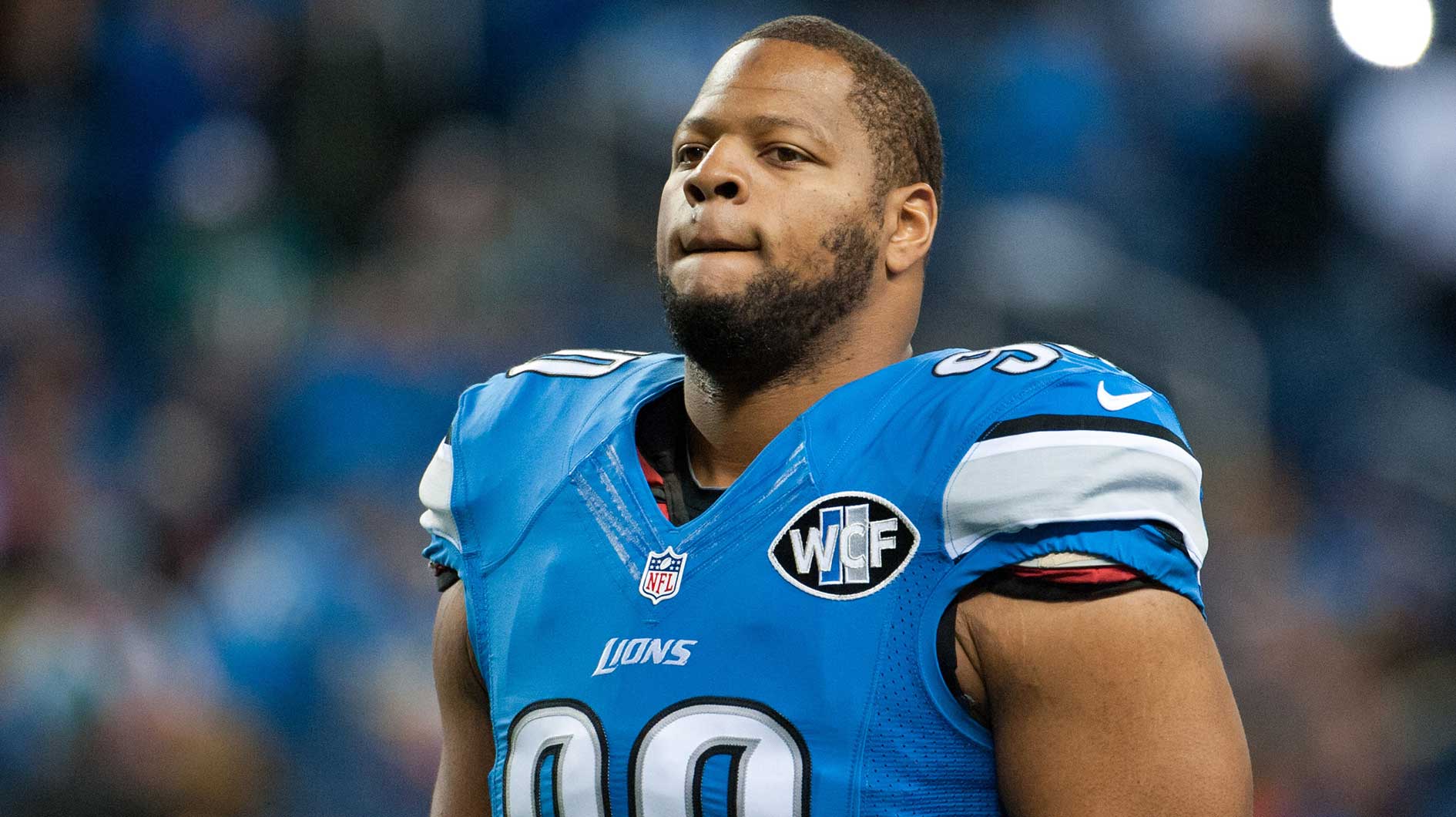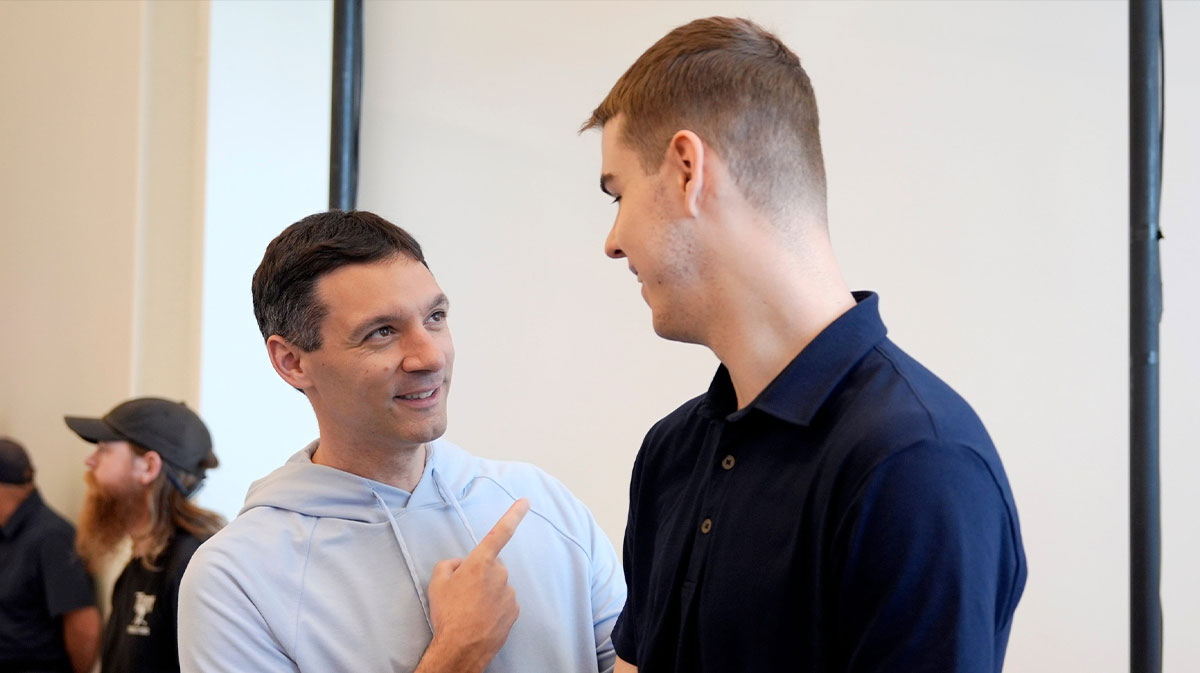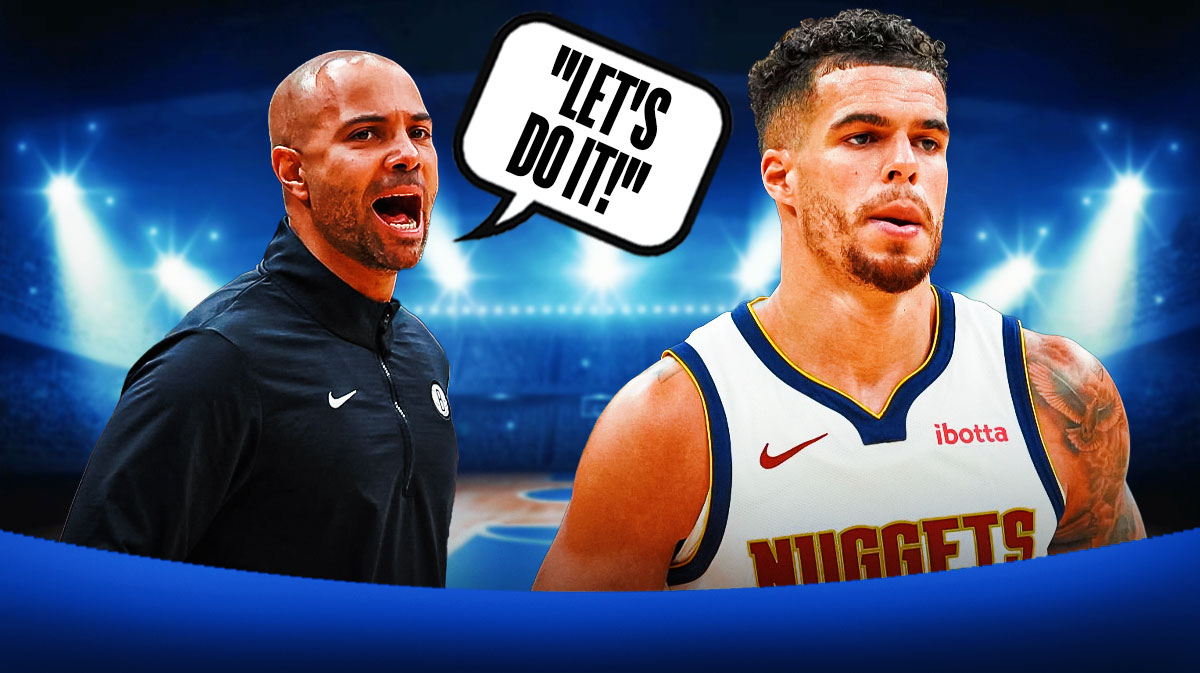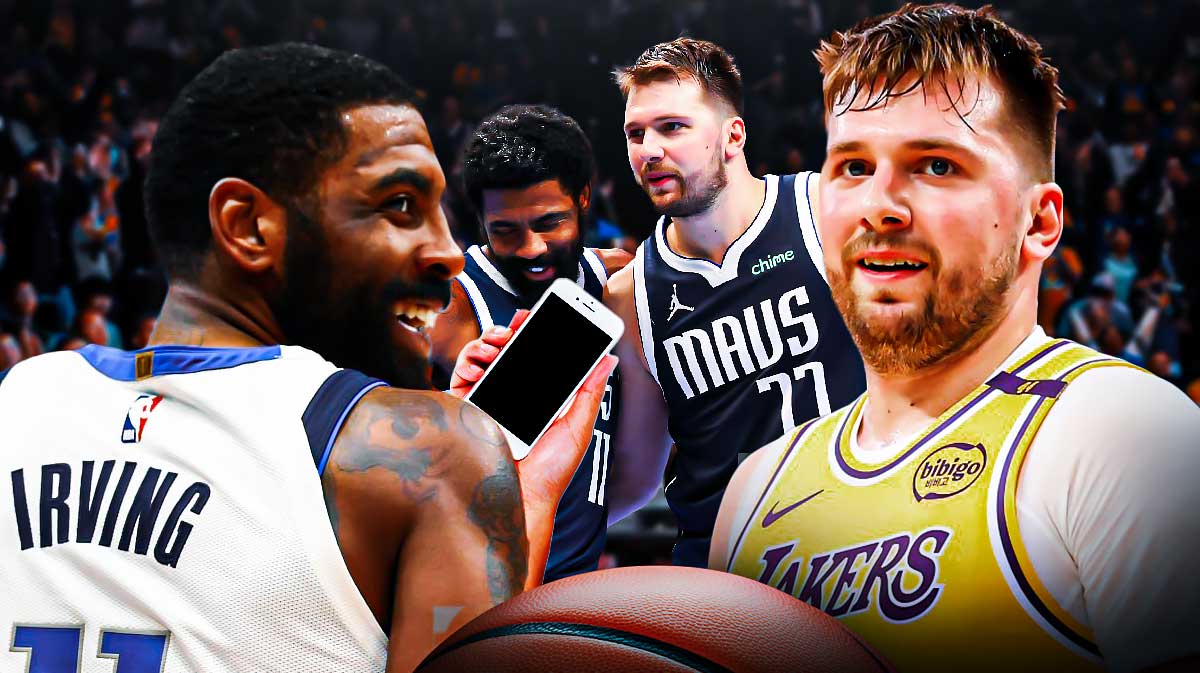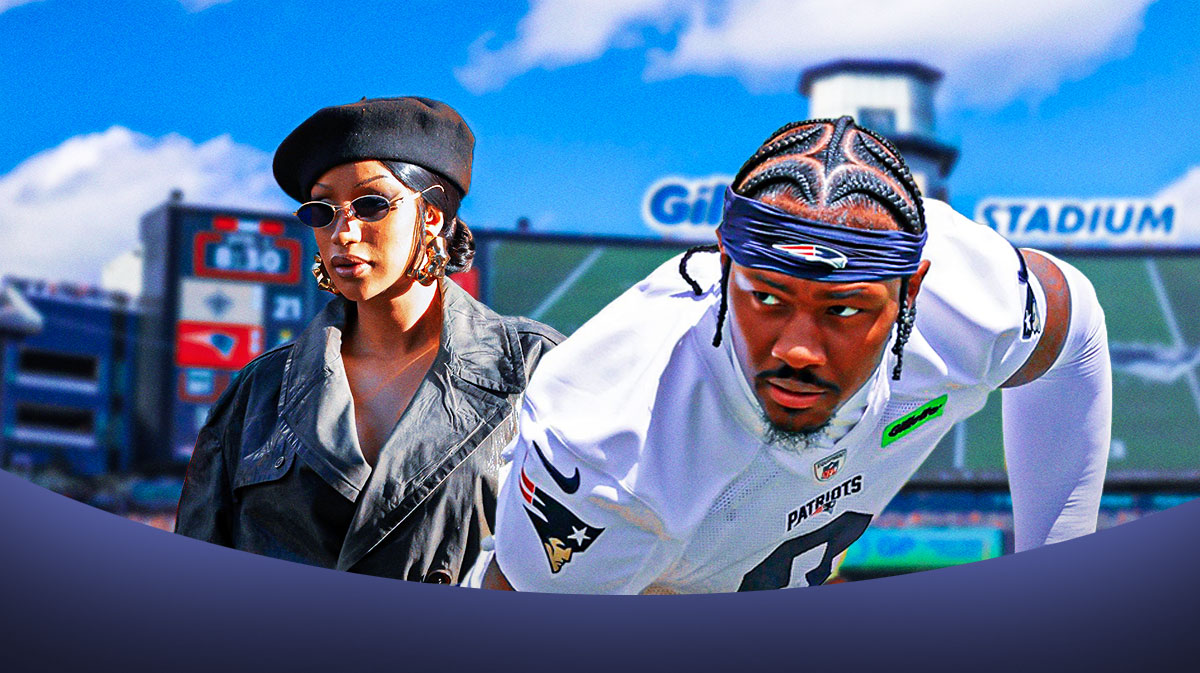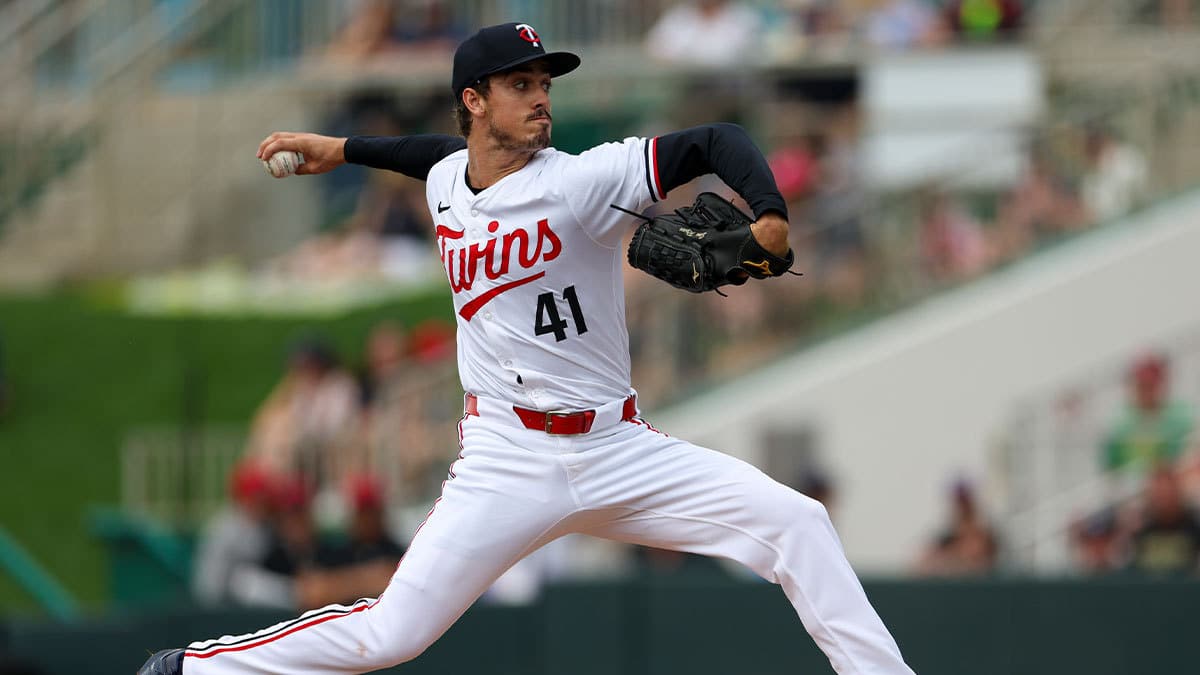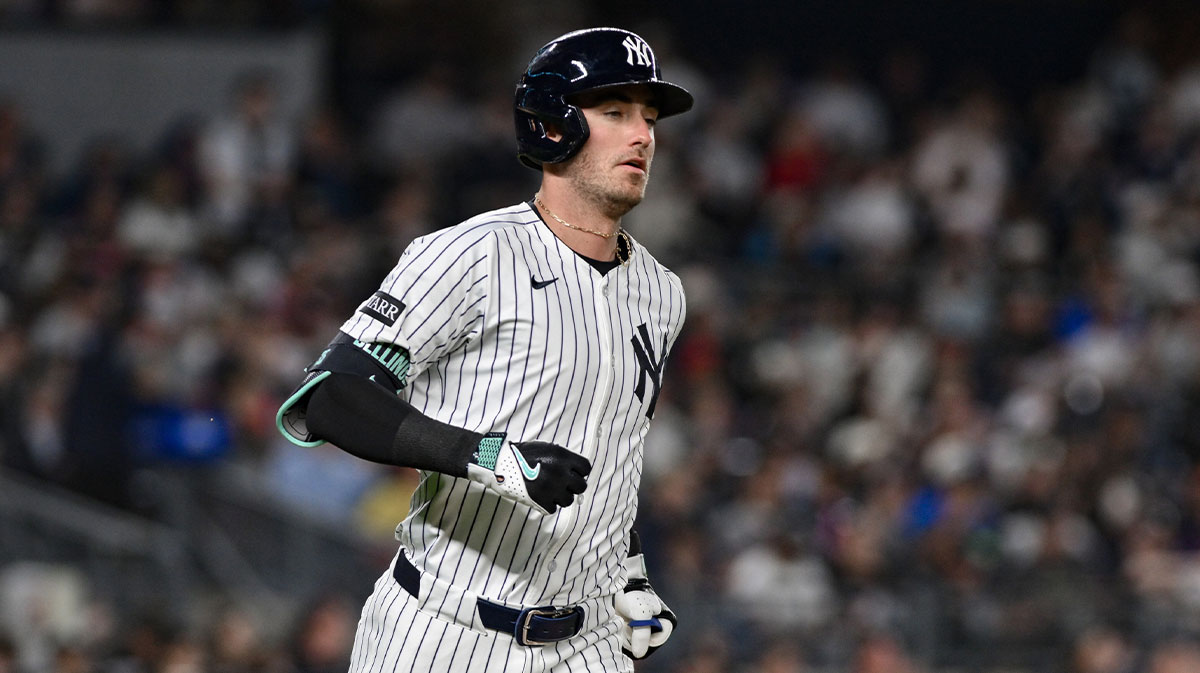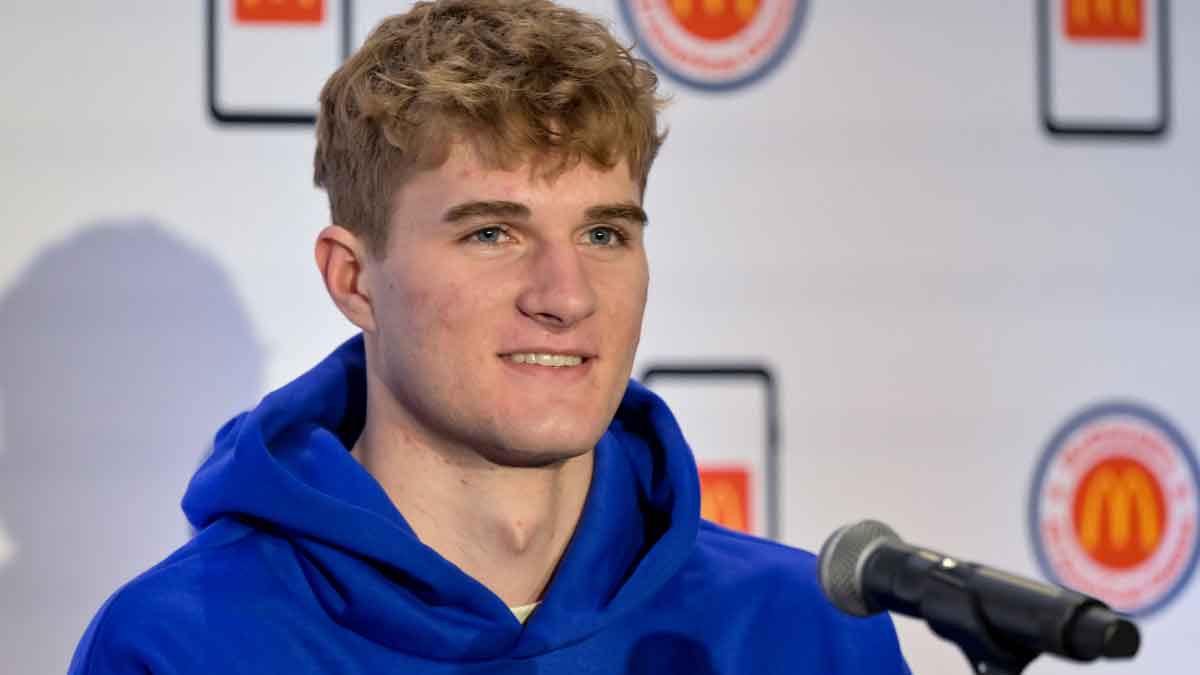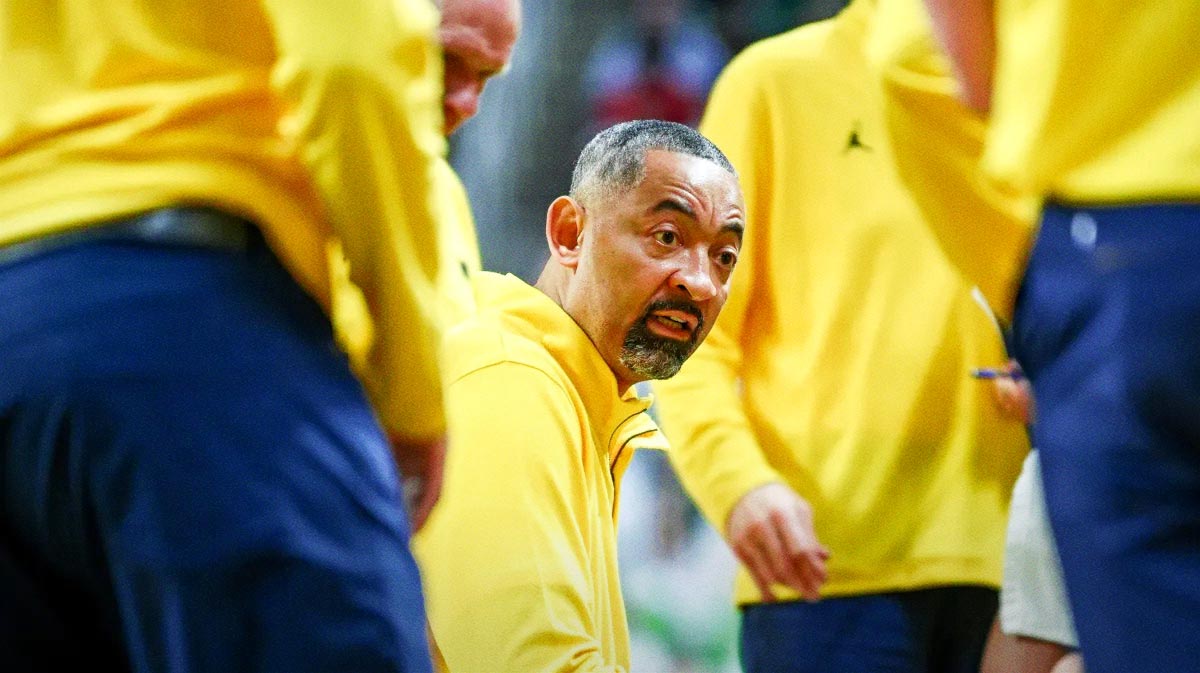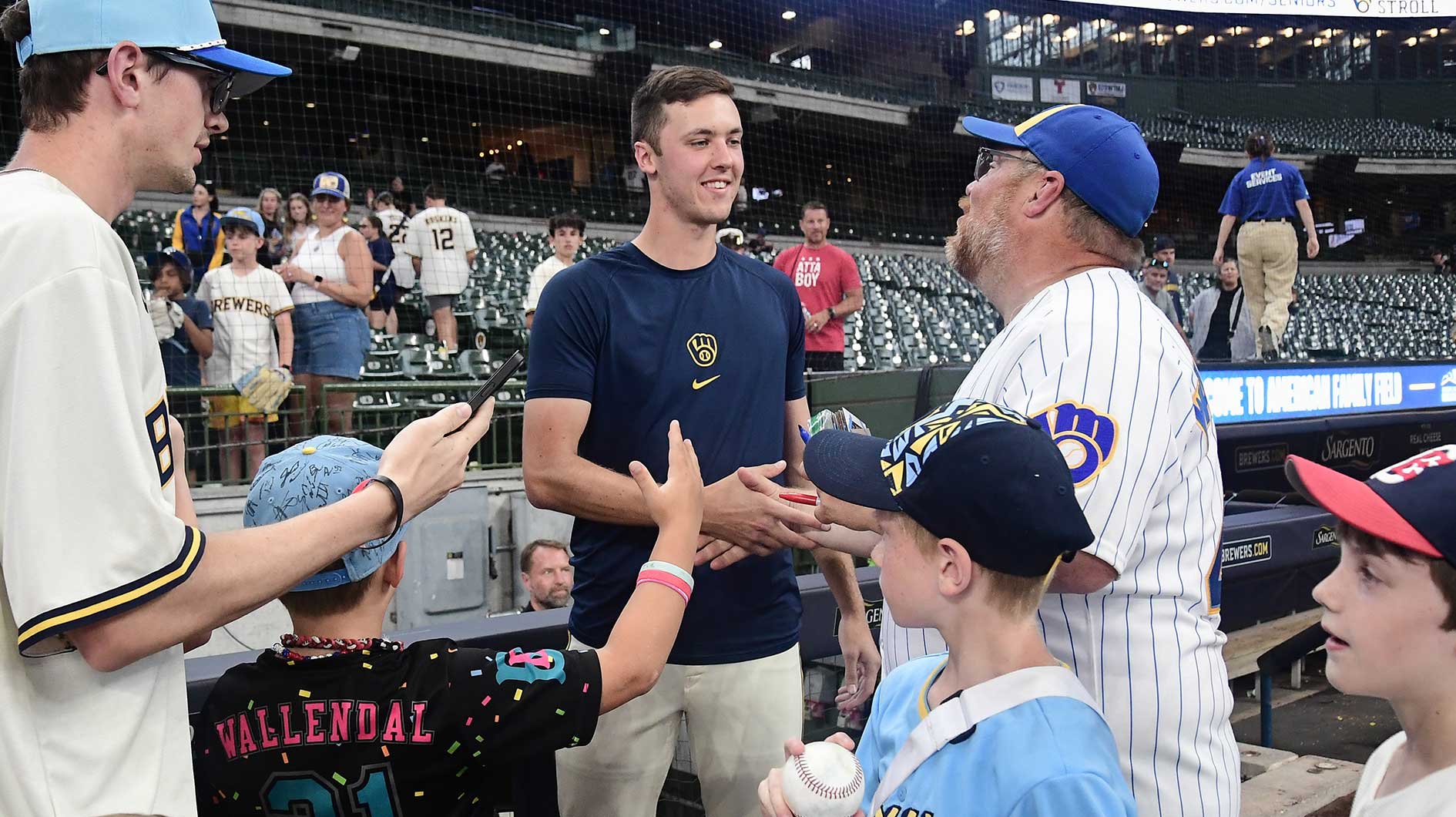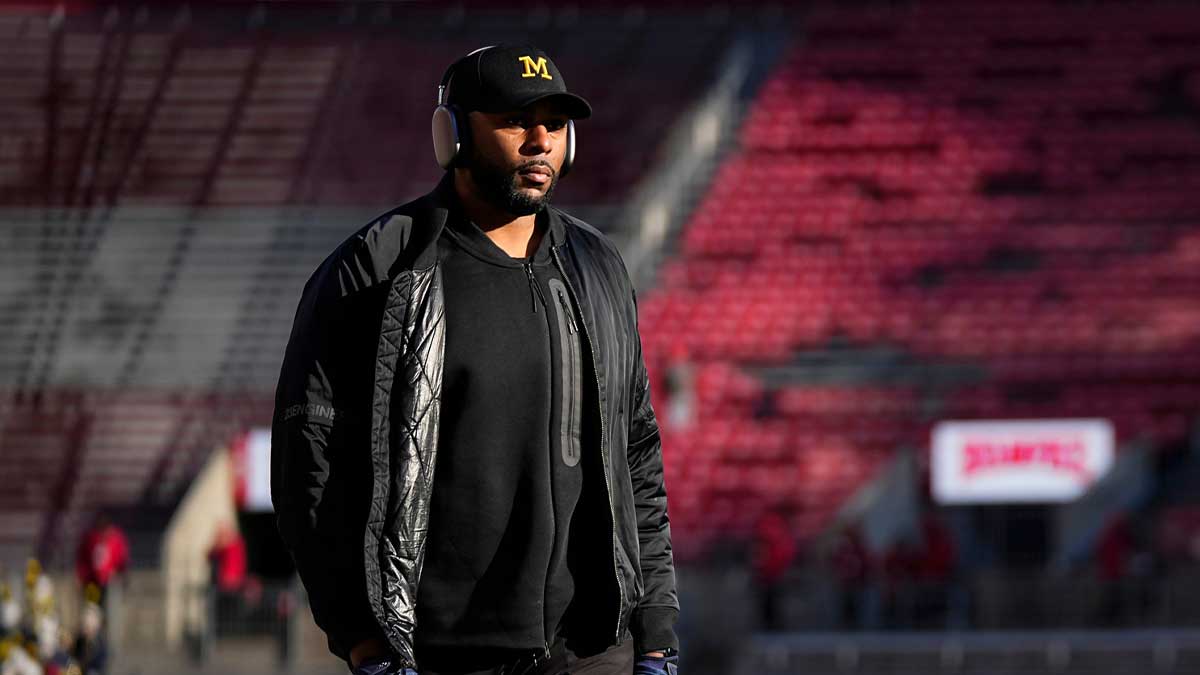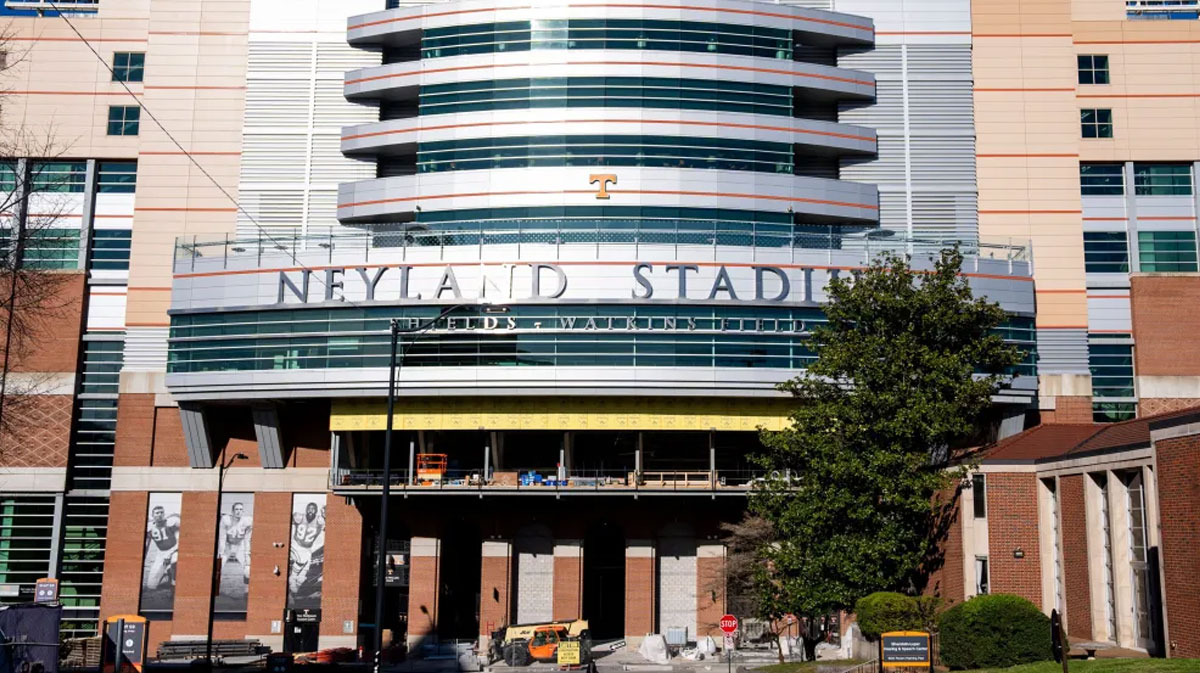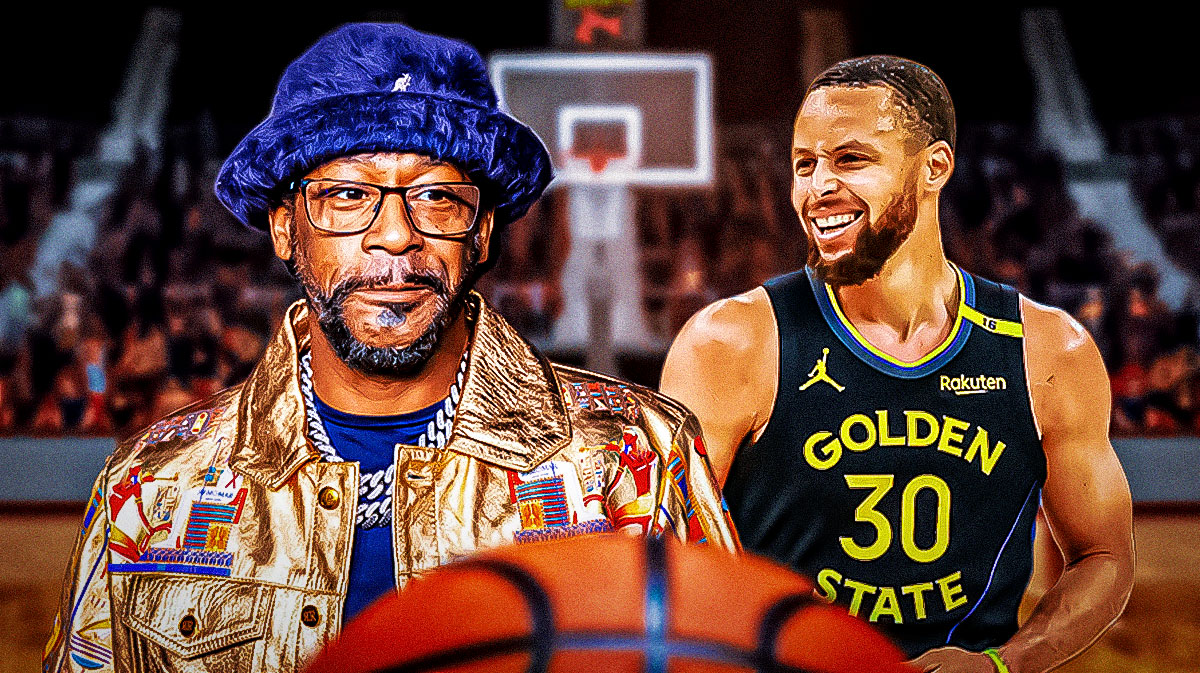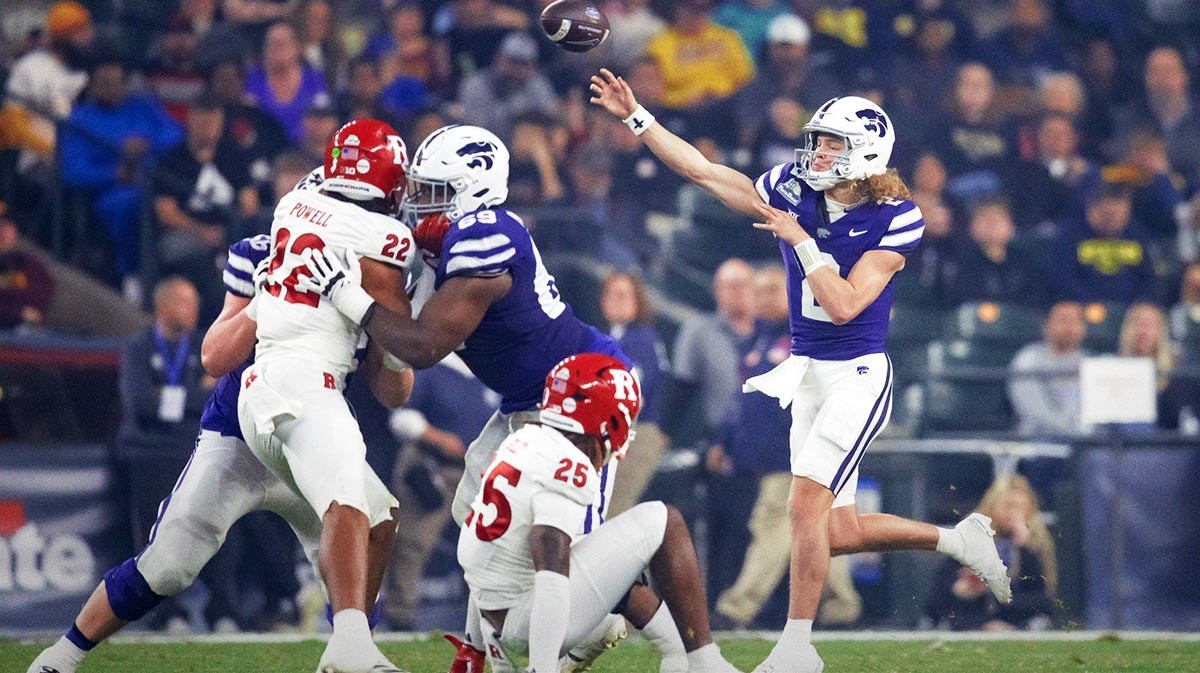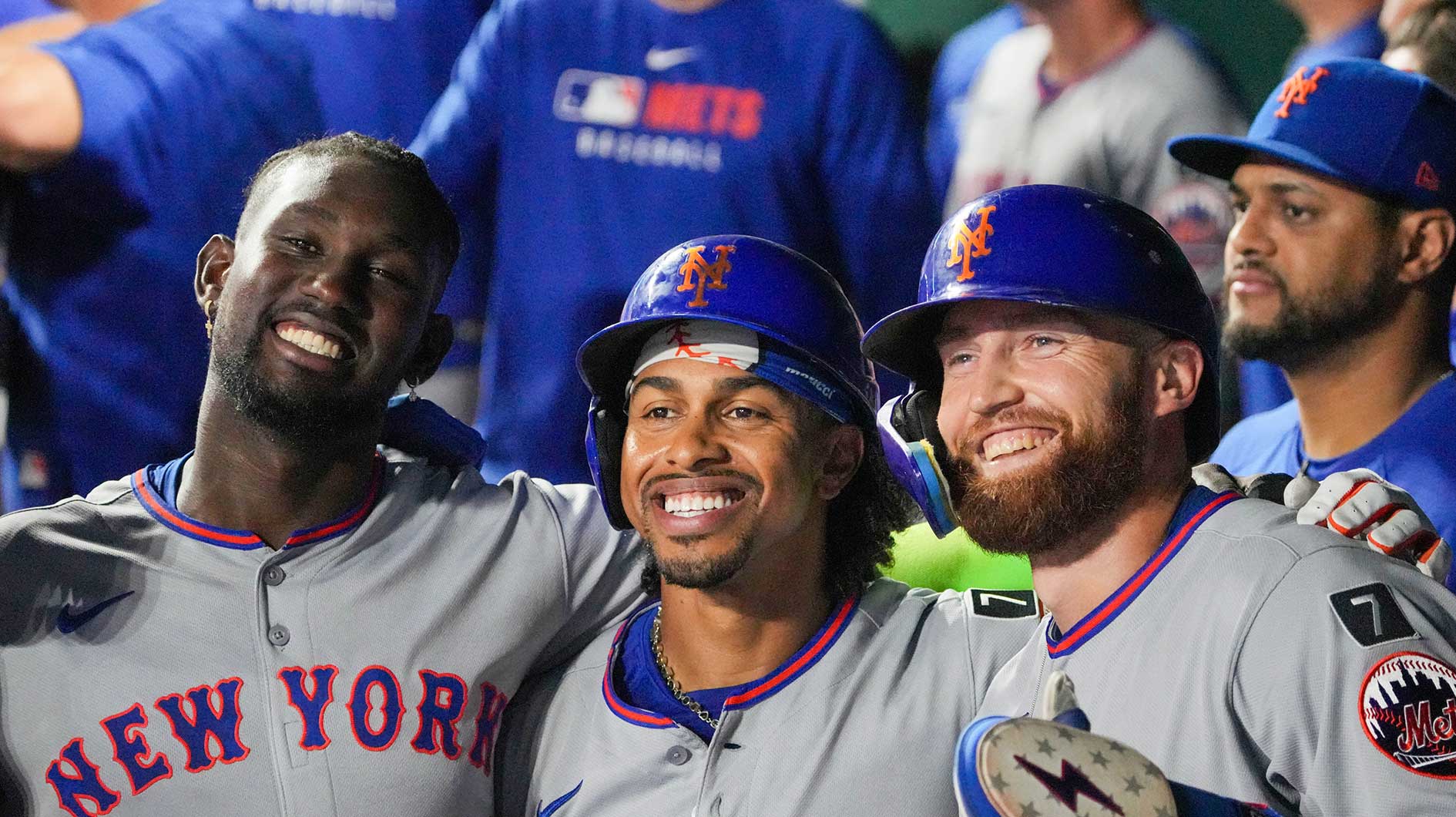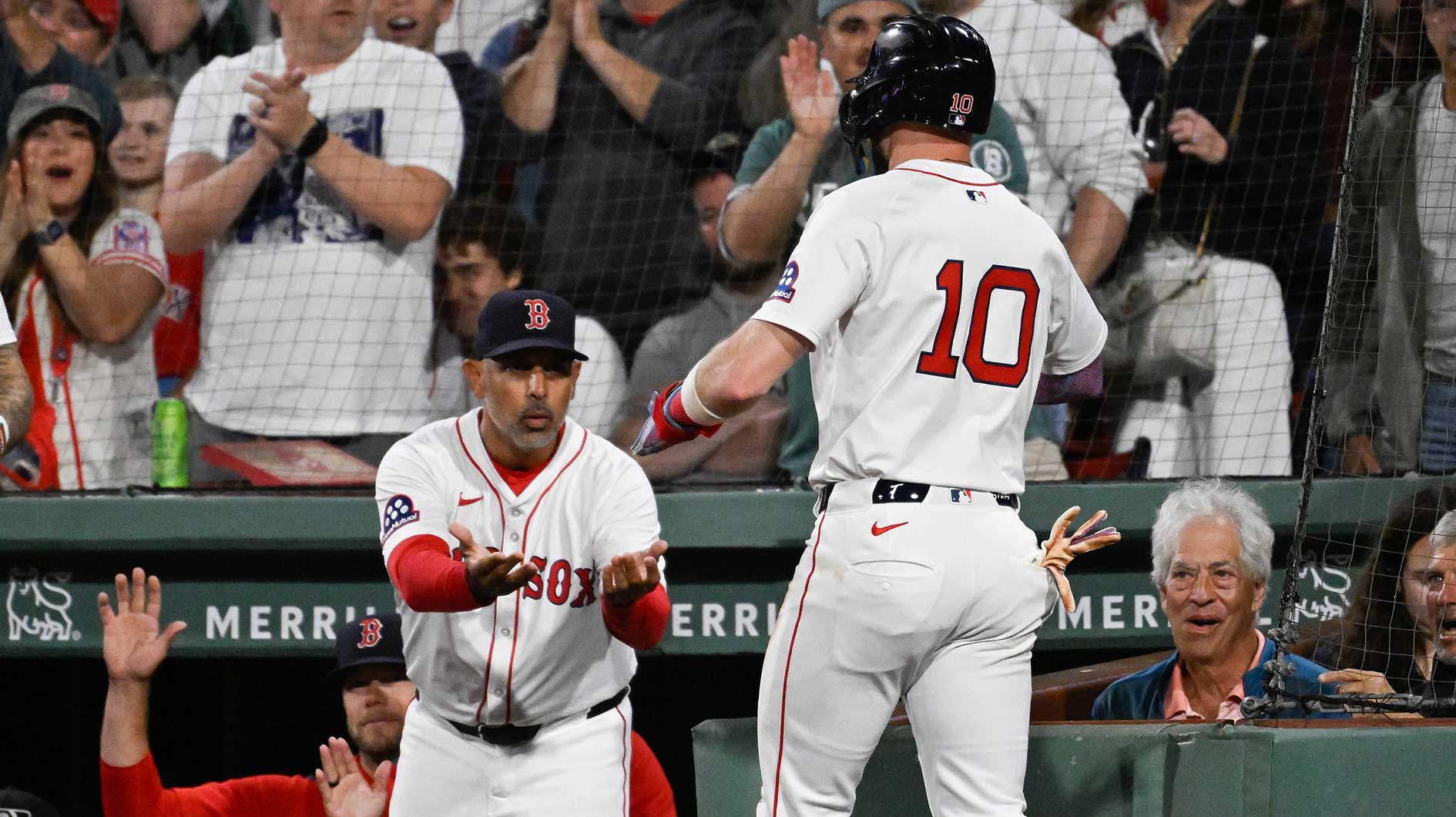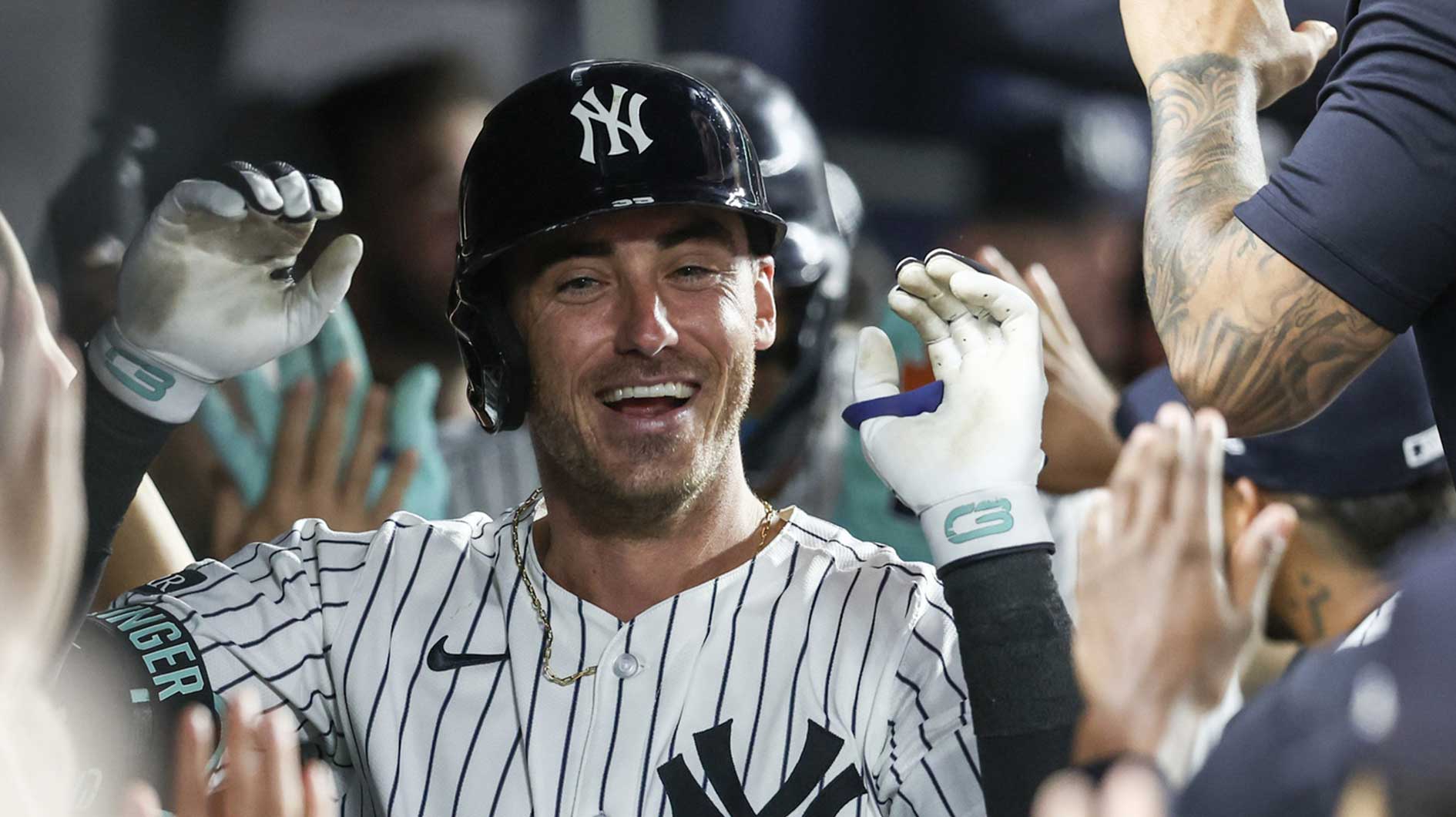The masterful general watching from the perches high above the Barclays, Sean Marks has been tasked with perhaps the most difficult rebuild in the history of the NBA.
Two years ago, he took over a Brooklyn Nets franchise paralyzed from mismanagement of assets, luxury tax penalties and failed attempts to harness star players on their last legs towards a championship run. Just to show how costly the deals former GM Billy King made to assemble that ancient roster, here are the players taken with the draft picks Brooklyn traded away: Enes Kanter (Deron Williams trade), Draymond Green (Brandan Wright deal), Damian Lillard (Gerald Wallace loan from Portland), Jaylen Brown and Jayson Tatum (pick swap with Boston). That only scratches the surface.
Marks is keenly aware of the difficulty of his job, but also knows the past is the past. Nobody within the organization can change the seismic trades that left their franchise in shambles. All they can do is move forward and assemble a team built to prevent such an implosion from ever happening again.
The Nets are one of nearly 10 teams within a game or two of possessing the worst record in the league. Marks has assembled a group of young players tossed away by other teams, mid-tier picks of their own and veteran players sent into the abyss as salary dumps. There never was an expectation of winning with such a band of misfits. This was, as Marks knew, all part of the plan to position the Nets for long-term success.
As the race to the bottom of the NBA is on, Brooklyn is one team in the fray without the incentive to bottom out. That makes them both unique and worth keeping an eye on down the stretch run of the regular season. Coach Kenny Atkinson, infusing their offense with treys and quick sets, has done a wonderful job keeping things positive in Brooklyn despite a difficult season. Player development is paramount, something Atkinson is acing, and it shows in the young players on their roster. A few strides here and there and the Nets could separate themselves from the pack of losers.
Seven of their 22 remaining games are against those bottom-feeders, giving Brooklyn a decent chance to get above the 25-win mark for the first time in the last three seasons. Beyond this campaign, a critical summer is coming, and more development from their current roster is necessary if a playoff push is possible with many holdovers from this group.
The Nets under Atkinson have been a jolt of joy on the offensive end, with floor-spaced sets and a parade of three-pointers heading for the rim. Their shot profile is what you'd expect from an up-tempo team of shooters: per Cleaning the Glass, 37 percent of their shots come from beyond the arc, the second-highest rate in the league. The shots aren't falling at a high rate though – Brooklyn is 28th in the league in three-point percentage – a product of the overall lack of high-end talent on the roster.
Brooklyn struggles to create easy two-point opportunities, with a roster bare of penetrators that can force defenses to rotate to help at the basket. Because of this, opponents can put the clamps on the perimeter and force more difficult chances for their catch-and-shoot threats. Even their point guards, mainly D'Angelo Russell, aren't explosive enough one-on-one to command the attention of defenses. A physical defender can routinely bump him off his spot, forcing him to drive towards the short corner instead of the rim and causing a wild attempt to draw a foul. Check out how wide his angles to the rim can be:
D'Angelo has been underwhelming this season, though it's still too early to hit the panic button on him in Brooklyn. He's proven in the past he's a capable three-point threat, and his 27.6 percent from three should be more of an aberration than the new mark. He's got a high turnover rate and low assist mark, too, surprising for his raw passing ability. When he goes left, he's pretty dynamic as both a scorer and a passer. As Synergy Sports metrics indicate on his ball screens, when he's on the right side of the floor (where he comes off with his dominant hand to the middle of the floor), he's an efficient scorer, shooting 50 percent (16-for-32 at the All-Star Break) with only an eight-percent turnover rate and teammates scoring 1.25 points per possession on his kickouts. Those are all high-caliber metrics.
He's got a great feel for one-handed passes and whipping the ball across the court when he's driving towards the baseline with his left hand. Some of his passes, with pinpoint accuracy and great court vision, show Russell has the ability to be a high-level passer:
Put him on the left side and every metric takes a turn for the worse. He's 1-for-11 scoring off picks near that sideline, and teammates get only 0.909 points per possession when he passes it out to them. His turnover rate in those pass-out situations: 36.4 percent.
He's so left-hand dominant he's routinely refusing screens that would lead him to the right side, and teams have caught on. The Milwaukee Bucks forced him to his right throughout the game, to the tune of getting D-Loading to commit seven turnovers in 21 minutes. He also had six in 17 minutes against the Pistons in early February. The Bucks, in particular, would ride him physically towards the right side of the floor, and use help defenders to syphon off his ability to get left if he tried to get back to his dominant hand:
The absence of Jeremy Lin and the poor play of Russell when healthy has opened the door for Brooklyn's best player, Spencer Dinwiddie, to seize control of their offense. The former Colorado Buffalo is as smart of a playmaker as you'll find in this league, zig-zagging through the lane with a slow-mo pace and crafty dribble moves to set his teammates up for success. His 6.7 assists compared to 1.6 turnovers per game is one of the best rates in the league.
Don't expect Dinwiddie to turn into an amazing scorer, though. He's below 40 percent from the field on the season, a streaky shooter from deep and someone who struggles to get to the line in bunches. His 16.8 points per 36 minutes is on the lower end for someone with as high a usage rate (21.3 percent) as he has. He's shown up in the clutch though, taking over their offense late in games and showing some impressive mid-range parts of his game.
There may be another level for Dinwiddie to reach. His shooting is incredibly inconsistent, especially from deep. He'll go 5-for-7 from three against Houston one night, then 5-for-22 from the field just a game later. Players who struggle to get their shot to fall and are focal points of the offense often resort to drawing free throws. But Dinwiddie has as many games with zero free throw attempts (10) as he does with six or more shots at the charity stripe. Until he can find a consistent way to impact the game on offense, his best skill will be his passing and playmaking for others.
Brooklyn might need Dinwiddie to take that next step if this current incarnation of their roster is to have some long-term merit. Specifically, the Nets need to figure out if Dinwiddie and Russell can coexist. According to Brian Lewis of the New York Post, the duo logged only 112 minutes together over 17 games this year, yielding an overall -20 net rating. Atkinson will shuffle them in and out of the lineup more often to see if the duo can hold their own, especially on defense.
In theory, things could work. Dinwiddie guards up a position and Russell spends time against point guards. Spencer handles the ball on offense and D'Angelo spaces the floor as more of a secondary playmaker. But execution and theory are completely different issues. Chemistry matters, and to insert them both on the floor together means bumping one of the Nets other talented wings to the second unit: Allen Crabbe, DeMarre Carroll or Rondae Hollis-Jefferson.
The Nets have been successful when turning to Rondae Hollis-Jefferson for those much-needed easy buckets in mid-post isolations near the logo. Hollis-Jefferson, long thought to be a defensive specialist when he carved out a role in the association, is actually averaging 14 points a contest on 47 percent shooting. Throw the ball to RHJ down low and clear out an entire side of the floor and he'll be in instant attack mode. He loves to face-up and drive against his defender, and has even incorporated a nice turnaround jumper into his arsenal:
Brooklyn routinely goes small, playing several longish wings at the same time. Hollis-Jefferson is great in that hybrid role because he can defend either forward spot and create a mismatch on the offensive end against whichever type of player guards him. Stick a bigger, stiffer player on Rondae and he'll do his damage off the bounce, where he's got a long stride and the ability to gather himself in spite of contact:
His ability to finish with either hand and create mismatches is sorely needed on this Brooklyn team. The question needs to be asked though: is this usage indicative of how his role would be on a top-tiered team? The development in RHJ's game is ideal, but if he's taking 12 shots a night and the guy teams are running constant isolations for, does that say more about him or the team he plays on?
The same goes for Allen Crabbe, who exploded into the All-Star Break netting 25.3 points per game in the four games before the vacation. But Crabbe, who launched a ridiculous 12.3 treys a game during that span, isn't meant to carry a heavy load within an NBA offense. His splits in Brooklyn this year reinforce that point: he has a two-to-one A:TO in wins, and barely a positive rating in their defeats. When he logs between 20 and 30 minutes, Crabbe is getting to the free throw line frequently, shooting almost 39 percent from deep and having his biggest defensive impact.
Crabbe is one of several victims of Brooklyn's need for more than just role players to shoulder the load on offense. DeMarre Carroll, attempting a career-high in shots per game, is shooting 42 percent from deep in wins and only 31 percent in losses. Caris LeVert has been up and down all season long. Even Joe Harris, having an unbelievable season shooting the ball, has struggled in games when he's started and gone against opposing top units, seeing a 10 percentage-point drop in his true shooting percentage from when he comes off the bench.
Player development is paramount in the NBA, and perhaps at no time more than in today's climate. Players coming out in the draft, and those selected in the first-round, are getting younger and younger, still a fair way away from their ceilings. The absence of post-ups possession after possession allow for more unique skill sets to have a showcase, meaning players can work on a multitude of skills to earn their way onto the floor. There are so many things to improve at now that teams must invest so much in making their players even better.
Brooklyn is investing heavily in player development and give their guys top-notch performance metrics. As ESPN's Zach Lowe reported over the summer, the Nets are investing heavily in sports science, keep every player on minutes restrictions, give daily questionnaires on diet and soreness, have a team chef and do individual skill work on the daily. If this reboot of the organization has shown anything, it's that the Nets want to create a culture that players want to be a part of while maximizing the utility of each individual they have.
Still, the pieces have to matter, and a lot of their guys are stretched beyond their means with the load they carry on the offensive end.
It shows on the other side of the court. The Nets are 27th in half-court defensive efficiency, ahead of only the Phoenix Suns, Sacramento Kings and Cleveland Cavaliers. They have the lowest turnover rate in the league, and no team allows a score on a higher percentage of possessions than the Nets (45.3 percent of possessions in the half-court yield a bucket).
Brooklyn botches routine communication on sets that involve other team's best players. Even veterans like DeMarre Carroll and Allen Crabbe get torched for their lack of discipline and consistency:
Atkinson has to exude zen-like patience when dealing with this roster. In games recently, where both Rondae Hollis-Jefferson and Caris LeVert have been absent, the defense has been a disaster. The Nets' interior defense is anchored by two inexperienced big men: rookie Jarrett Allen, who plays admirably but gets tossed around like a garden salad by strong centers, and Jahlil Okafor, who was banished to the bench in Philadelphia due to his lack of defense.
Allen is playing well, showing flashes of being a capable and competent starting center, or at the very least a high-end backup. His footwork as a rim protector has been impeccable this year, showing great balance and an effective one-two step to challenge shots near the rim:
There's a ton of hope for him as a defender. He's super long and agile, moves extremely well laterally and always high-points the ball on the glass and when rejecting soft attempts at the hoop. The physicality isn't there yet for Allen, who routinely gets buried as a primary defender and pushed off his spots as a secondary one. Allen currently yields 1.193 points per possession in post-ups and 1.119 in isolations, both marks among the worst in the league. As his body fills out, there's a ton of hope he'll be a high-caliber rim protector.
Allen's role in Brooklyn under Atkinson should be simple: defend the rim, run the floor and be a human pogo stick off the screen-and-roll. While there are whispers among some fans pushing for more Jahlil Okafor, it's clear Allen is the future of the 5-spot for the organization.
Beyond him, a pugnacious Hollis-Jefferson and some veteran savvy from DeMarre Carroll, there isn't a plus defender on this roster, which makes their long-term trajectory a tad troubling. Unless guys like Russell, Dinwiddie, Harris and Nik Stauskas can make huge strides, the Nets still need both lock-down defenders and a go-to offensive weapon.
That's a lot to search for, especially for a team without a lottery pick in this year's draft. But it's hard to fault GM Sean Marks for that. Take any singular move Marks has made over the last two years and, both at the time and in retrospect, it's difficult to criticize the job he's done. He turned Thaddeus Young into Caris LeVert and a second-round pick, morphed Bojan Bogdanovic and Chris McCullough into Jarrett Allen and Allen Crabbe, and got DeMarre Carroll and a first-round pick essentially for nothing. Marks was unearthed NBA-level talent like Sean Kilpatrick and Yogi Ferrell, gave redemption opportunities to guys initially outcasted like Joe Harris, Spencer Dinwiddie and Tyler Zeller, then later flipped Zeller into cap relief, Dante Cunningham and a second-round pick. He took the low-risk move of trading the expiring contract of Trevor Booker into fliers on two former top-10 picks, Jahlil Okafor and Nik Stauskas. Literally every trade or signing Marks has been involved in has been the right one, and the Nets are still among the worst teams in the league. That alone is proof of how bad a situation the Nets were in before he took over.
Despite that, the Nets are among the teams at the bottom of the standings with as much upside moving forward. Part of what has positioned Brooklyn so well to thrive in a rebuild is the sheer environment taking place in the NBA. A cap surge in 2016, followed by two (potentially three) years of less-than-anticipated growth has made salary cap room a premium in the NBA. Players salaries are expensive, and those contracts signed during the summer of 2016 were set to increase in salary as the contracts went on. But as the cap hasn't risen in step, those contracts become a larger percentage of the overall cap – hurting a team's flexibility and ability to sign new players or retain valuable ones.
In comes Brooklyn, a handful of teams clearly rebuilding and with plenty of room underneath the cap to absorb larger contracts from teams desperately needing to offload them. The price for that desperation? Marks has set the tone for the rest of the league, soaking away first-round picks and other assets to leverage their cap space to their advantage. With an anticipated cap crunch this summer hamstringing even more teams around the league, Brooklyn is once again in a situation to reap the benefits.
The Nets project to enter the summer with roughly $16.7 million in cap space. Their cap holds, dictated by the expiring contracts they have on their books, could leave them to operate as an over-the-cap team if they desire. With the exception of Joe Harris, none of those players are top-end targets for the Nets to retain. We aren't done seeing Marks leverage the team's cap space to bring more assets to Brooklyn.
Marks can't settle for an accumulation of riches, though. At some point they need to make a big splash to get the household name that fills the seats consistently and brings optimism throughout the organization. Whether that's done through free agency (the Big Apple is still thought to be a free agent destination), the draft (not likely in 2018 without their own pick) or trade, the Nets are going to have to make some big move to bring on top-tiered talent. They are in the tryout process with most of their roster – and most players are proving to have some value. Not the elite-caliber, playoff-contender core type of talent though.
The Nets will continue to go at their own pace with the rebuild and vet every candidate they get to pass through their doors to be part of the long-term plan. At the very least we can have faith that Marks and Atkinson will suck every ounce of value they can out of this group.

